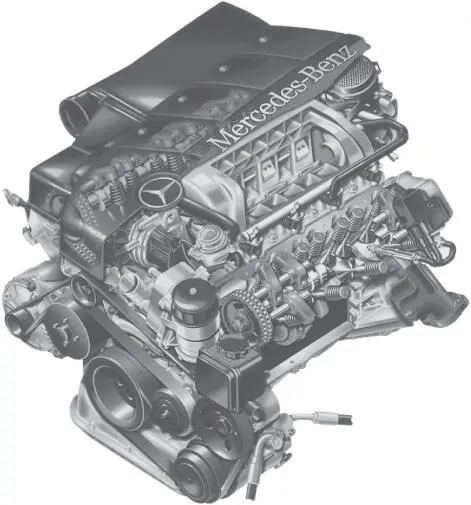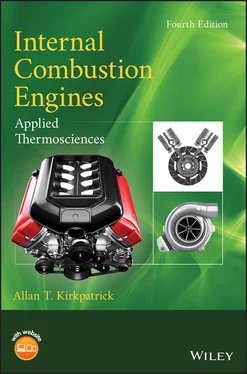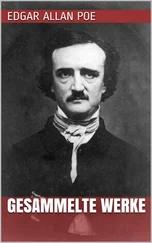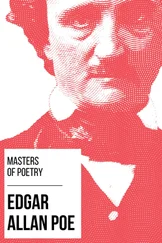Discussions with Colorado State Professors Daniel Olsen and Anthony Marchese on combustion modeling also have been very helpful. Former CSU graduate students Aron Dobos and Richard Wagner deserve a heartfelt thanks for their contributions to the computational elements of the combustion and friction chapters, respectively.
Many thanks to the editorial staff at John Wiley & Sons, Inc. for their work on the fourth edition. Ms. Anne Hunt and Mr. Steve Fassioms deserve special acknowledgement for their editorial assistance with this project. I would like to thank my wife Susan and my extended family: Anne, Matt, Maeve, Michael, Rob, Kristin, Thomson, Charlotte, and Theo for their unflagging support while this fourth edition was being written.
Finally, this edition is dedicated to my late father, Edward T. Kirkpatrick, who sparked my interest in engines and engineering years ago.
About the Companion Website
This book is accompanied by a companion website: 
www.wiley.com/go/kirkpatrick/internal
The Website includes:
Solution manuals
Matlab programs
Scan this QR code to visit the companion website.

Chapter 1 Introduction to Internal Combustion Engines
1.1 Introduction
The goals of this textbook are to describe how internal combustion engines work and provide insight into how engine performance can be modeled and analyzed. The main focus of the text is the application of the thermal sciences, including thermodynamics, combustion, fluid mechanics, and heat transfer, to internal combustion engines. An aspect upon which we will put considerable emphasis is the development of idealized models to represent the actual features of an operating engine.
Engineers use the methods and analyses introduced in the textbook to calculate the performance of proposed engine designs and to parameterize and correlate engines experiments. With the advent of high‐speed computers and advanced measurement techniques, today's internal combustion engine design process has evolved from being purely empirical to a rigorous semi‐empirical process in which computer based engineering software is used to evaluate the performance of a proposed engine design even before the engine is built and tested. In addition to detailed analysis, the textbook contains numerous computer routines for calculating the various thermal and mechanical parameters that describe internal combustion engine operation.
In this chapter we discuss the engineering parameters, such as thermal efficiency, mean effective pressure, and specific fuel consumption, that are used to characterize the overall performance of internal combustion engines. Major engine cycles, configurations, and geometries are also covered. The following chapters will apply the thermal science principles to determine an internal combustion engine's temperature and pressure profiles, work, volumetric efficiency, and exhaust emissions.
The internal combustion engine was invented and successfully developed in the late 1860s. It is considered one of the most significant inventions of the last century, and has had a significant impact on society, especially human mobility. The internal combustion engine has been the foundation for the successful development of many commercial technologies. Consider how the internal combustion engine has transformed the transportation industry, allowing the invention and improvement of automobiles, trucks, airplanes, and trains. The adoption and continued use of the internal combustion engine in different application areas has resulted from its relatively low cost, favorable power‐to‐weight ratio, high efficiency, and relatively simple and robust operating characteristics.
An internal combustion engine is an engine in which the chemical energy of the fuel is released inside the engine and used directly for mechanical work, as opposed to an external combustion engine in which a separate combustor is used to burn the fuel. The reciprocating piston‐cylinder geometry is the primary geometry that has been used in internal combustion engines, and is shown in Figure 1.1. As indicated in the figure, a piston oscillates back and forth in a cyclic pattern in a cylinder, transmitting power to a drive shaft through a connecting rod and crankshaft mechanism. Valves or ports are used to control the flow of gas into and out of the engine. This configuration of a reciprocating internal‐combustion engine, with an engine block, pistons, valves, crankshaft, and connecting rod, has remained basically unchanged since the late 1800s.

Figure 1.1Piston and connecting rod. (Courtesy Mahle, Inc.)
The main differences between a modern‐day engine and one built 100 years ago can be seen by comparing their reliability, thermal efficiency, and emissions level. For many years, internal combustion engine research was aimed at improving thermal efficiency and reducing noise and vibration. As a consequence, the thermal efficiency has increased from about 10–20% at the beginning of the twentieth century to values as high as 50% today. Likewise, the power per unit volume has increased from about 0.5 kW/L to 50–100 kW/L.
Internal combustion engine efficiency continues to increase, driven both by legislation and the need to reduce operating costs. The primary US vehicle mileage standard is the Federal Corporate Average Fuel Economy (CAFE) standard. The CAFE standard for passenger vehicles and light‐duty trucks was 27.5 miles per gallon (mpg) for a 20‐year period from 1990 to 2010. The CAFE standards have risen in the last few years and are expected to double in the next decade. This increase in vehicle mileage requirements will require expanded use of techniques such as electronic control, engine downsizing, turbocharging, supercharging, variable valve timing, low‐temperature combustion, and electric motors and transmissions.

Figure 1.2Automobile engine. (Courtesy Mercedes‐Benz Photo Library.)
Internal combustion engines have become the dominant prime mover technology in several areas. In 1900, most automobiles were steam or electrically powered, but by 1920 most automobiles were powered by gasoline engines. As of the year 2020, in the United States alone there are about 220 million motor vehicles powered by internal combustion engines, with about 12 million new vehicles built each year. In 1900, steam engines were used to power ships and railroad locomotives; today two‐ and four‐stroke diesel engines are used. Prior to 1950, aircraft relied almost exclusively on piston engines. Today gas turbines are the power plant used in large planes, and piston engines continue to dominate the market in small planes.
Internal combustion engines have been designed and built to deliver power in the range from 0.01 kW to  kW, depending on their displacement. They compete in the marketplace with electric motors, gas turbines, and steam engines. The major applications are in the vehicular (see Figure 1.2), railroad, marine (see Figure 1.3), aircraft, stationary power, and home use areas. The vast majority of internal combustion engines are produced for vehicular applications, requiring a power output on the order of 100 kW.
kW, depending on their displacement. They compete in the marketplace with electric motors, gas turbines, and steam engines. The major applications are in the vehicular (see Figure 1.2), railroad, marine (see Figure 1.3), aircraft, stationary power, and home use areas. The vast majority of internal combustion engines are produced for vehicular applications, requiring a power output on the order of 100 kW.
Читать дальше





 kW, depending on their displacement. They compete in the marketplace with electric motors, gas turbines, and steam engines. The major applications are in the vehicular (see Figure 1.2), railroad, marine (see Figure 1.3), aircraft, stationary power, and home use areas. The vast majority of internal combustion engines are produced for vehicular applications, requiring a power output on the order of 100 kW.
kW, depending on their displacement. They compete in the marketplace with electric motors, gas turbines, and steam engines. The major applications are in the vehicular (see Figure 1.2), railroad, marine (see Figure 1.3), aircraft, stationary power, and home use areas. The vast majority of internal combustion engines are produced for vehicular applications, requiring a power output on the order of 100 kW.










